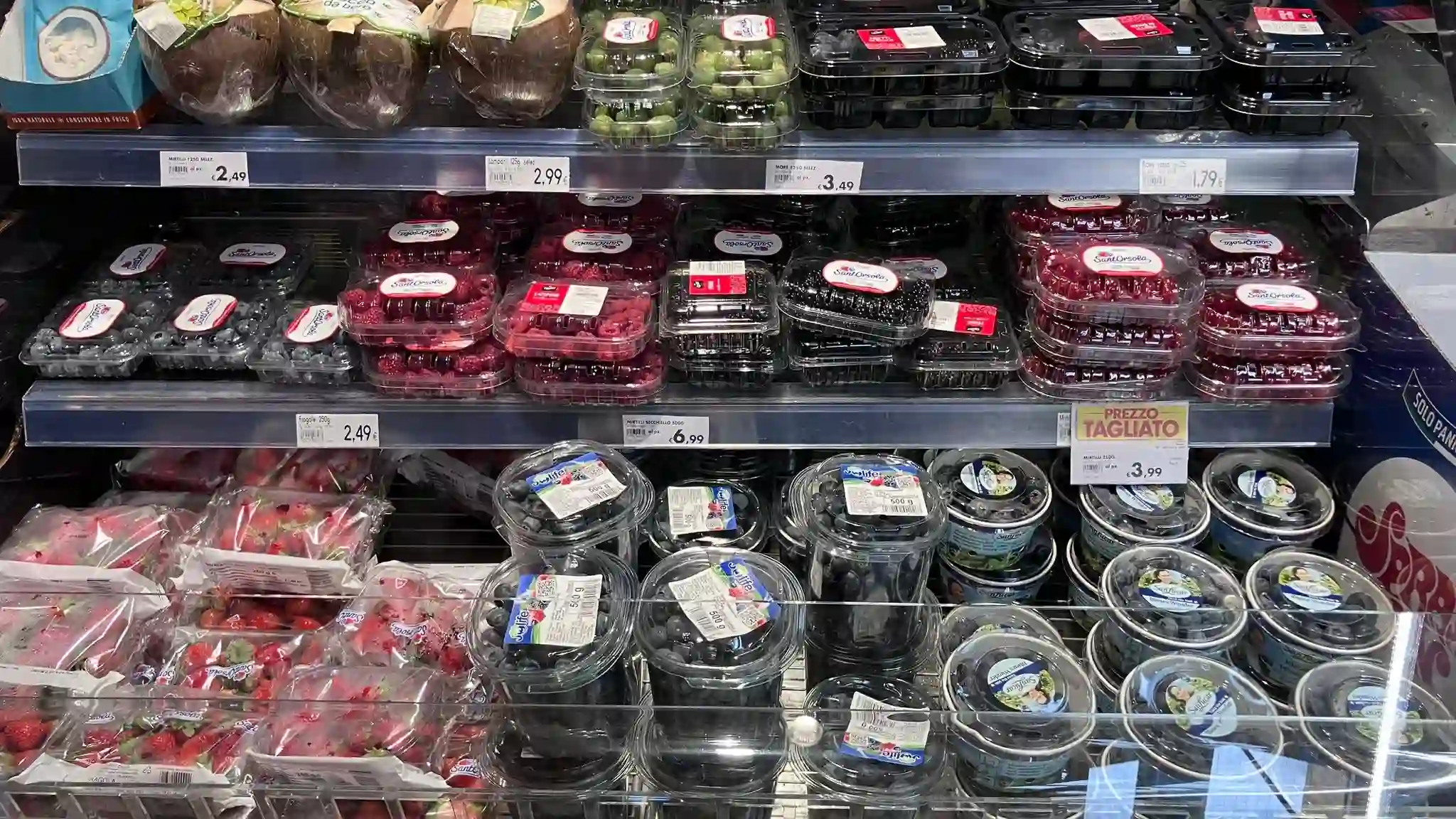The global blueberry industry is undergoing a major varietal transition, driven by both market pressure and technological advances. According to a recent report by the International Blueberry Organization (IBO), growers are replacing older genetics with new cultivars that promise higher quality and better resilience. Countries like Peru are at the forefront, adopting varieties that are more efficient in water use and pest resistance.
The consumer demand for premium blueberries—those with greater firmness, sweetness, longer shelf life, and visual appeal—is pushing this genetic evolution, reshaping the entire market structure.
Defining premium and its risks
However, this progress is also fueling confusion about what “premium” really means. The IBO notes that the industry’s obsession with fruit size, particularly “jumbo” blueberries, risks diluting the concept of quality, as size doesn’t necessarily correlate with flavor or eating experience.
Some experts warn that within a few years, the word “premium” might lose its meaning altogether. The growing role of private label brands, especially in the US, adds to the risk of commoditization, potentially blurring the lines between high-quality fruit and mass-market products.
Challenges in varietal diversity
The varietal shift is global, but not without challenges. In major northern markets such as the US, Canada, and parts of Europe, the diversity of varieties has created inconsistencies in flavor and appearance between seasons.
During summer, locally produced blueberries often differ markedly from imported southern highbush fruit available the rest of the year, undermining the 52-week supply model. This has raised a provocative question within the industry: if blueberries vary so much by origin and season, when does one stop being the same product in the eyes of consumers?
Innovation in breeding efforts
To address these gaps, breeders are now focusing on developing high-chill cultivars that can deliver the same firmness, sweetness, and shelf life seen in southern-grown varieties. Yet progress is slow, as breeding high-chill northern blueberries takes years and carries uncertain returns.
Despite the risks, several retail chains are supporting these efforts, hoping to enhance the flavor consistency of summer blueberries in regions like North America, Europe, and northern China. The varietal transition, while promising, remains a balancing act between innovation, economic sustainability, and preserving the true identity of the blueberry itself.
Text and image source: www.freshfruitportal.com













